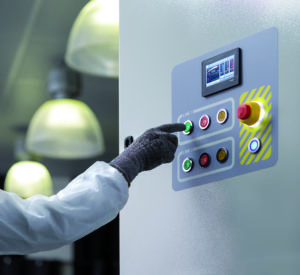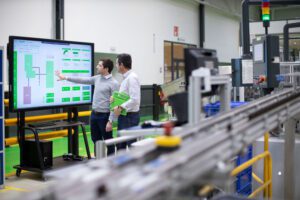Over the next decade, no one will be free from the effects of climate change. Decarbonization and sustainability calls for larger global action and partnership, and it will take the combined effort of every region on Earth.
Take India, for example. According to a report by the International Energy Agency, India is the third largest energy-consuming country in the world, but it still depends on coal, oil, and wood for more than three-quarters of its energy use. As a result, air quality in Indian cities is “among the most polluted in the world.” It’s a vicious cycle: as climate change causes more power instability, people respond by using the energy sources that are available, and those are usually carbon fuels.
India is far from alone. Every city, region, nation, and continent have their own unique challenges, with some developing nations facing a crisis. If we’re going to meet the energy goals of the United Nations, we can’t rely on custom solutions for each challenge. We need to create sustainable energy infrastructures that are practical and affordable, and that can scale easily from the local to the national.
This is the purpose of GreeNext, a new venture by Schneider Electric and our long-time partner, Temasek: to provide a scalable and sustainable energy infrastructure, especially in those areas where it’s needed the most.

Microgrids have big potential
GreeNext leverages microgrid technology to create a new and flexible approach for capturing, storing, and delivering reliable and sustainable energy at any scale.
Microgrids themselves aren’t new. They are local or regional energy systems, often owned by cities and counties, that use renewable sources such as solar power to supplement whatever larger energy grid is available. They can operate off the grid if necessary, keeping the energy supply uninterrupted if the grid goes down.
Microgrids have the potential to boost the economy by bringing electricity to remote, Tier 2 and Tier 3 regions and allowing small-medium businesses to grow. However, microgrids have remained mostly local and small-scale, with every solution essentially a one-off deployment requiring a substantial capital investment.
Changing the paradigm
GreeNext changes this paradigm by creating a pre-engineered and standardized microgrid system that provides sustainable and resilient Energy-as-a-Service. It scales based on each site’s configuration and needs. Most importantly, it allows private or public entities to have a modern energy management system without spending upfront capital which in turn supports them to reduce their carbon emissions by monitoring the energy consumption by every DER. In short, GreeNext is a cost-effective, resilient, sustainable, and easily deployed energy solution that can play a critical role in meeting the world’s energy goals and shaping Buildings of the Future.
India and beyond
GreeNext has been launched first in India as it’s a particularly large nation facing a serious energy crisis. According the Center of Sustainable Energy, coal accounts for 74% of India’s electricity generation and 33% of its greenhouse gas emissions, and its population and energy demands are growing rapidly. But we’re looking beyond India. Once GreeNext has been established there, we and our partner Temasek plan to extend this Energy-as-a-Service approach to other regions such as Southeast Asia and Africa. One day, we hope to be performing hundreds of microgrid projects around the globe.
There is no single solution to the climate crisis. But with innovative ideas and collaborative efforts like GreeNext, we can meet our decarbonization goals while at the same time delivering the energy that the world so urgently needs.
Read more about GreeNext in Schneider Electric’s recent press release.



